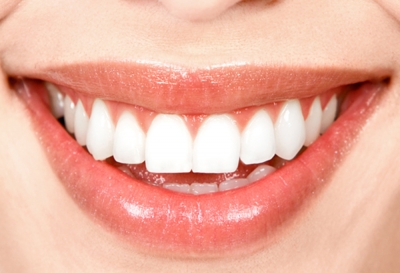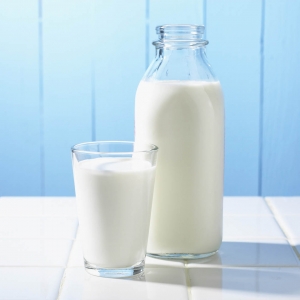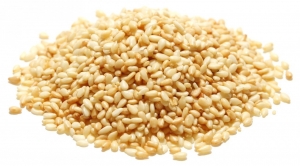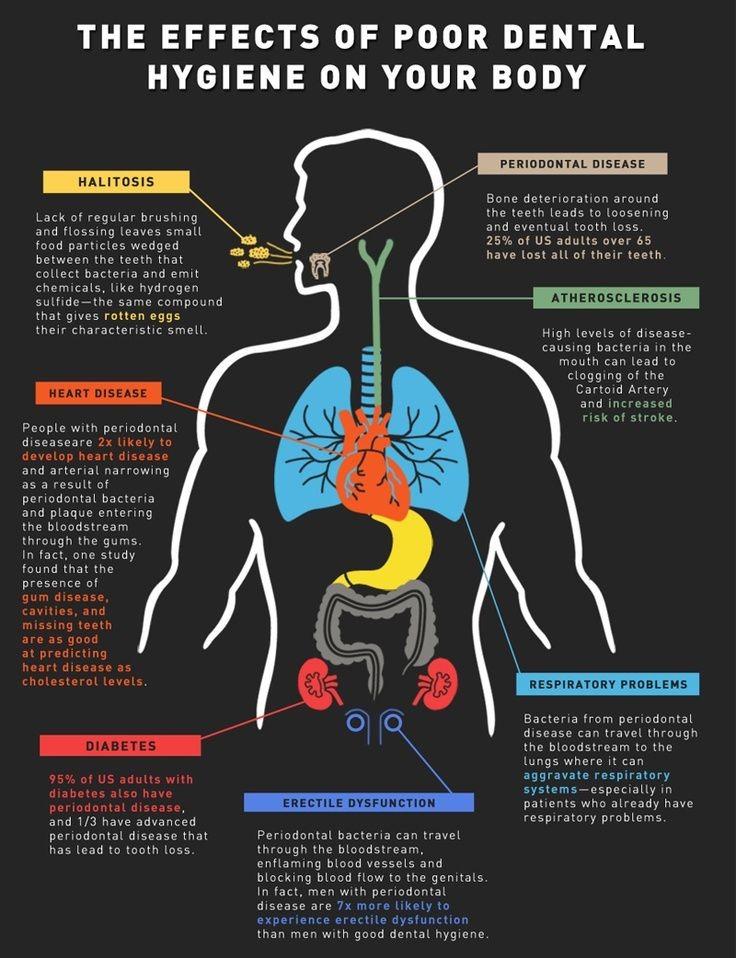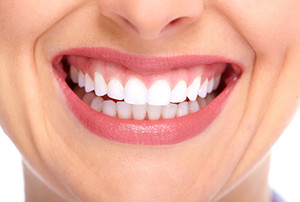Where in your mouth is the most important place to clean?
In between your teeth. This is where plaque starts forming and is also the hardest place to reach. Flossing has long been the accepted as the best way to clean these hard to reach areas. However, another device is becoming an increasingly popular option: the Waterpik.
A Waterpik is a device that uses the power of water pressure to flush out bacteria and food debris. It also offers an assortment of interchangeable tips to perform specific cleaning duties, such as cleaning around braces. Nevertheless, both floss and Waterpik have their pros and cons.
Floss – Benefits and Drawbacks
One of the biggest benefits of floss is that it’s super cheap. You can easily pick some up for $2- $3 that can last you for months. Floss is also very effective at removing plaque since it can scrape and clean the areas between your gums and teeth. This is important to prevent oral problems, such as tooth decay and gum disease.
What makes floss less attractive though is that it can be abrasive for some individuals. People with sensitive gums will find flossing rough, and it can even cause bleeding. Also if you’re wearing braces, you won’t be able to use floss since it won’t be able to get past your braces and clean your gums.
Waterpik – Benefits and Drawbacks
Compared to floss, a Waterpik is much gentler on your gums and less likely to cause bleeding. It’s also perfect for people who wear braces since the water can get past the metal wires and rinse out the bacteria and food debris.
A Waterpik may also be better for individuals with gum disease since it can rinse out the deep pockets that are created when your gums pull away from your teeth. Floss simply can’t reach these areas.
However, a big drawback for the Waterpik is that can’t remove plaque as well as floss. The reason is when you’re flossing; you’re literally scraping the sticky plaque off your teeth. A Waterpik only douses these areas with water, which makes the plaque less likely to be removed.
Another drawback is that it’s much more expensive. While floss only costs a few dollars, a Waterpik can cost around $50. This can make it difficult for people who are on a budget.
What’s the verdict?
While waterpiks are great at washing away bacteria and food debris, they do not remove plaque as effectively as floss. That’s why we recommend combining flossing with waterpiks to achieve the best results for your oral health. However, for people who wear braces, have dexterity problems, or who just simply hate flossing, waterpik use will be beneficial. If you can’t or not willing to floss, using a Waterpik is definitely better than just brushing, which fails to clean the areas between your teeth.
Ideally, you should be brushing twice a day and flossing and water picking at least once. It’s best to do it at night since you won’t be in a rush and thus will likely do a better job at cleaning your mouth before you sleep.
If you have any questions about flossing or waterpik use, contact our office today. Our staffs are experienced and are always will to help those who want to improve their oral health. One smile at a time.
Sources:
Jane Sheehan. “Water Vs. Floss” http://www.livestrong.com/article/287399-waterpik-vs-floss/
Mark W Langberg, DDS, FAGD. “Are Waterpiks a substitute for flossing?” http://www.drlangberg.com/blog/cosmetic-dentistry/are-waterpics-a-substitute-for-flossing/
Park Ridge Family Dental Care. “Ask the Dentist – Floss vs. Waterpik” http://parkridgedds.com/ask-the-dentist-floss-vs-waterpik/



